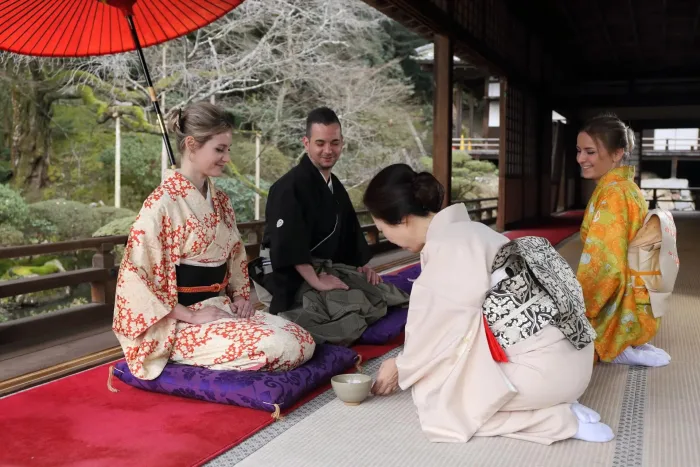In recent years, an increasing number of middle- and upper-ageimmigrantsWhen people choose to settle in Japan, the biggest challenge they face is how to break down the "language wall" and win the acceptance of people around them. This article focuses on the middle-aged and high-aged groups, and provides a practical guide to acceptance, from Japanese language learning to social integration, so that you can make the most of your time in Japan.Life as an immigrant in JapanSmoother and more vested.
I. Pinpointing: Choosing the right Japanese language learning path for you
For middle- and high-age immigrants, traditional "full-time intensive classes" are often time-consuming and labor-intensive, and do not necessarily fit the pace of family and work. It is recommended to start with the following two aspects:
-
Interest-driven learning: Lessons are selected to incorporate life situations, such as cooking Japanese, medical Japanese, etc., making it easier to quickly apply them in daily conversations.
-
Small class size + online cooperation: Small class sizes ensure interaction, and online classes allow for flexible scheduling and less commuting stress.
By enrolling in the N3 or N2 class of the Japanese Language Proficiency Test (JLPT), you will not only lay the foundation for daily communication, but also gain points for your visa or job search.
II. Acculturation: from "being a bystander" to "being a participant"
Japanese society emphasizes "harmony and difference," and middle- and high-aged immigrants tend to experience a stronger culture shock. Recommendation:
-
Participation in community activitiesFor example, at summer festivals, sports events, and senior citizens' colleges, you can volunteer to work with local residents to prepare for or participate in events, and you can practice your Japanese language while experiencing the atmosphere of a "big family".
-
Into the tradition of acting: Rituals, temple festivals, tea ceremonies, and Shudo experiences all provide a deeper understanding of the values behind the rituals.
Getting involved not only bridges the gap, but also allows you to make local friends and get a first-hand "hidden" cultural guide.
III. Social networks: building "mutual assistance + mutual learning" circles
Language learning goes hand in hand with social acceptance, and the power of friends and peers cannot be ignored:
-
Language exchange partners: Pair up with native Japanese speakers through SNS or local international exchange centers to learn Chinese and Japanese from each other.
-
interest group: Groups with similar interests, such as photography, hiking, gardening, etc., are often the perfect place to practice Japanese naturally and help build emotional bonds.
-
Intra-company "Mentor" system: If you have a mentor system at your Japanese company, take the initiative to ask for advice on life outside of work, demonstrating your attitude and respect for learning.

IV. Success stories: how they broke the ice for integration
-
Mr. Zhang (55 years old)He is a former IT engineer who came to Japan and joined a local chess club to learn Japanese while playing chess. Within six months, his JLPT went from N4 to N2, and members of the club recommended him for a side project as an interpreter.
-
Ms. Li (48 years old)After settling in Hokkaido, she appeared on a local TV program called "Home Garden", where she demonstrated Chinese cuisine and explained it in Japanese, quickly winning over viewers and making friends with many farms, which led to her obtaining a green pass.

The case shows us: find your own "entry point", combine interest and learning, in order to harvest both language and network in the shortest possible time.
V. Practical resources and recommendations for landing
-
Local international exchange centers: Free Japanese language lessons, cultural experiences, and legal counseling are all available, so be sure to check it out often.
-
Libraries + Internet resources: Borrowing bilingual magazines and listening to simple Japanese language broadcasts such as NHK Easy are effective for learning in a fragmented way.
-
Administrative scribe counseling: Match with professionals in advance on medical, tax and visa issues to avoid misunderstandings due to language barriers.
While Japanese society prizes politeness and order, it also craves diversity and innovation. Middle and Upper AdultsImmigration to JapanAs long as you have the right mindset, make good use of resources, and emphasize both language learning and cultural experience, you will be able to win the respect and acceptance of the people around you. By mastering the three keys of "Japanese language + participation + socialization", you will be able to take root in a foreign country and usher in your own life in your "second home".






